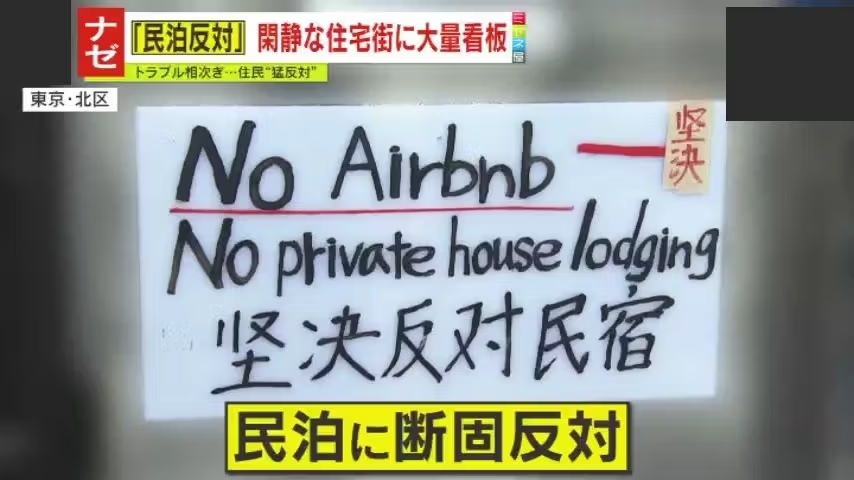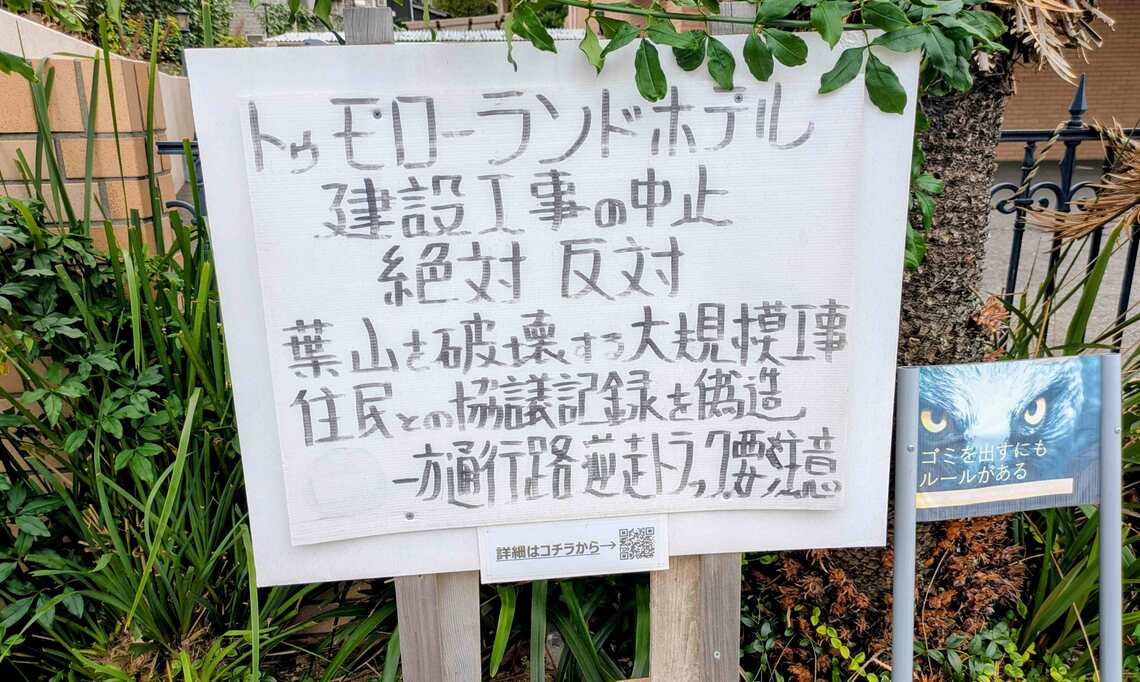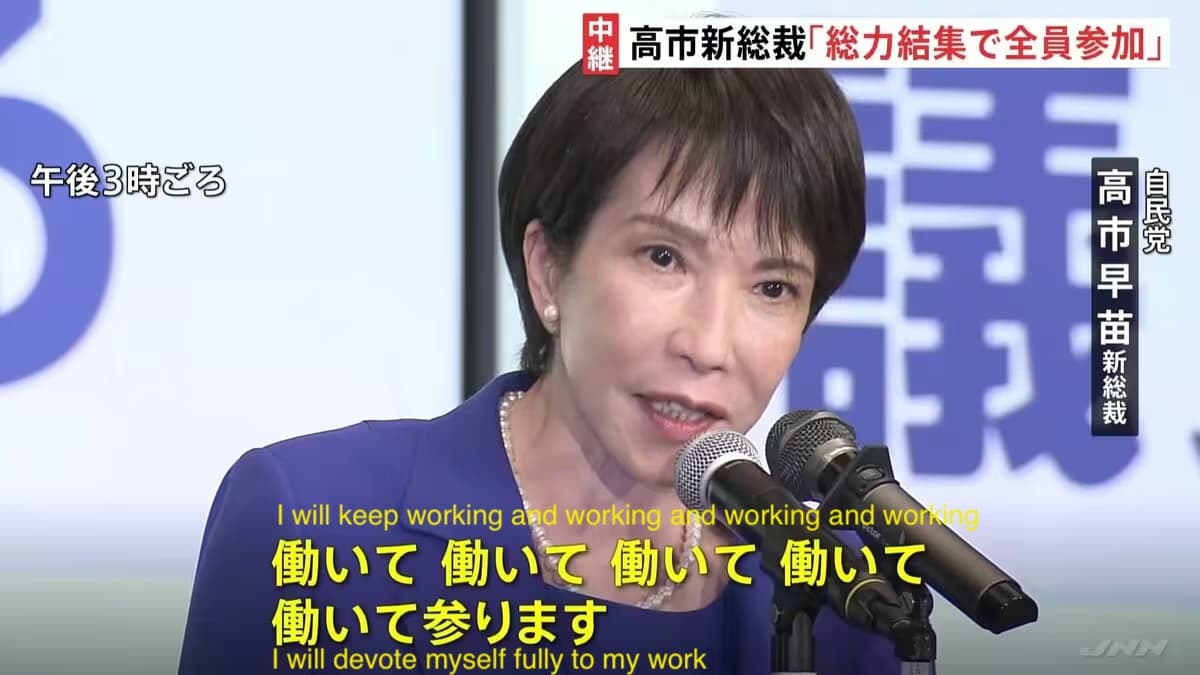Words: 1341 | Estimated Reading Time: 7 minutes | Views: 1685
In recent years Japan's real estate market has remained red-hot. Properties that can be operated as hotels or vacation rentals in particular have attracted substantial investor interest. In visitor-heavy areas of Tokyo and Osaka it is widely acknowledged in the industry that a single residential unit operated as a vacation rental can yield two to three times the return of a standard long-term lease. Post-pandemic visitor growth and a weak yen amplified tourism tailwinds, helping some vacation rentals maintain occupancy rates above 90% for extended periods. As a result, applications to operate vacation rentals and hotels surged rapidly, and listings advertised as “vacation-rental eligible” saw asking prices spike along with the frenzy.
1. A Booming Market and Emerging Conflicts
The model of vacation rentals, which places visitors within residential neighborhoods, has produced obvious tensions in communities that value orderly daily life. Sumida Ward explicitly stated in public documents that the increase in visitor accommodations within residential areas has raised residents' concerns about their living environment. Complaints have concentrated on guests littering, excessive noise, late-night comings and goings that disturb neighbors, and the lack of timely management by operators. This year's Itabashi Ward case was even more striking: a Chinese owner of an entire apartment building planned to convert the whole building into vacation rentals, driving out existing tenants by sharply raising rents (from ¥70,000 to ¥190,000 per month) and disabling the elevator and corridor lighting. After widespread media coverage the owner was forced to apologize publicly and withdraw the plan. The incident became a microcosm of the conflict between landlords pursuing high returns and ordinary Japanese residents.
Starting this year, Sumida Ward — previously one of the most permissive Tokyo wards for vacation-rental operations (with almost no additional restrictions) — has begun tightening rules, preparing to impose more limits on operating hours and management requirements for operators. Toshima Ward is considering reducing the 180-day annual operating cap to 84 days, effectively restricting vacation rentals to winter and summer holiday periods to minimize impact on residents. These developments indicate that the vacation-rental market is no longer the freely expanding opportunity it once was.
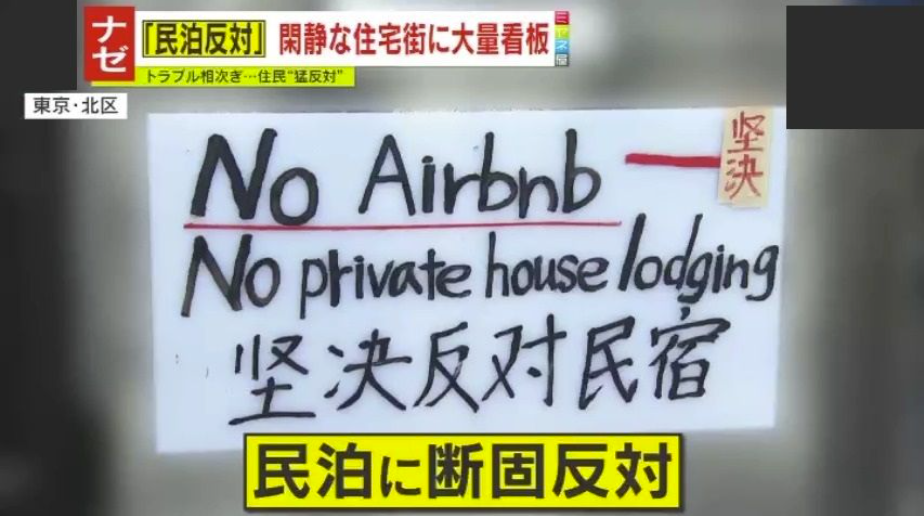
2. The Residential Lodging Business Act, the Hotel Business Act, and Local Government Discretion
To understand why ward governments in Tokyo and Osaka have increasingly intervened on the vacation-rental issue, we must go back to the legal framework. The two core laws governing short-term accommodation in Japan are the Hotel Business Act and the Residential Lodging Business Act (commonly known as the "Minpaku Act"). They differ not only in legislative purpose but also fundamentally in the scope of authority they grant to local governments. That institutional design difference is a key reason vacation rentals have become a primary target for tightening.
Hotel Business Act
Dating back to 1958, this law frames municipal regulatory authority around the maintenance of public health and public morals. Article 3, Paragraph 6 of the Hotel Business Act authorizes licensing authorities to attach conditions necessary for the maintenance of public health or public morals when granting permits — for example, requiring enhanced cleaning and disinfection, noise control, and adequate lighting and ventilation. Article 3, Paragraph 3 also allows local governments to expand the scope of sensitive facilities (such as areas surrounding schools and daycare centers). These provisions give local governments some room for technical adjustments under the Hotel Business Act, but such powers are essentially technical refinements within the law’s established framework rather than tools for systemic market regulation.
Residential Lodging Business Act (the "Minpaku Act")
Enacted in 2018 to address the rapid expansion of short-term rentals driven by platform services like Airbnb, this law explicitly included preventing deterioration of the living environment among its legislative objectives in addition to ensuring sound accommodation services.
In other words, it elevates community quality of life beyond public health and safety to an explicit legal goal. Crucially, Article 18 grants local governments broad discretionary power to impose further restrictions by ordinance when necessary. Concretely, some local governments have already begun to:
Reduce the 180-day annual operating cap further — for example, Toshima Ward’s currently reviewed “84-day” proposal;
Designate comprehensive prohibition zones, such as certain neighborhoods and areas surrounding schools;
Introduce additional operating conditions — for example, requiring on-site managers, clear complaint-handling mechanisms, and restrictions on late-night check-ins;
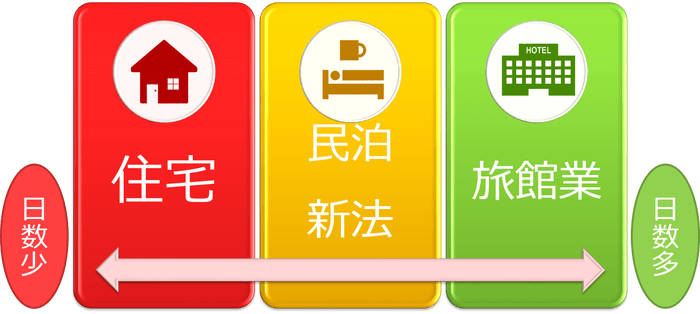
The difference from the Hotel Business Act is that these powers are not merely conditional terms attached to individual permits but act as universal rules shaping the entire market. Therefore, when resident complaints rise and community pressure mounts, a ward government can revise its ordinances to impose blanket constraints on all vacation rentals.
The Residential Lodging Business Act effectively reserves substantial room for local governments to make large-scale adjustments. Put differently, permits under the Hotel Business Act tend to be technical controls between professional departments (health, fire, etc.) and operators, whereas the Minpaku Act operates more like a political negotiation among communities, operators, assemblies, and ward governments. For that reason, the Minpaku Act has become the primary target in the current wave of regulatory tightening.
3. Social Context and Future Trends
Beyond legislative design and on-the-ground conflicts, Japan’s broader social and political environment is also driving the tightening trend. OECD data show that income inequality in Japan has widened and its Gini coefficient is above the OECD average. Against a backdrop of rising prices and rents, residents place greater value on order and peace of mind, and their tolerance for outsider-driven gains from tourism has become more cautious.
Political turbulence has amplified this tendency. In September 2025 Prime Minister Shigeru Ishiba announced his resignation, and conservative factions within the ruling party as well as right-leaning opposition forces have gained influence in local assemblies. For ward mayors and assembly members, responding to voters’ demands and protecting residential living conditions carries more political value than promoting tourism-driven revenues. Against this backdrop, regulations on vacation rentals are likely to become stricter, inter-ward policy divergence will become the norm, and obligations such as on-site management and expanded prohibited operating days are likely to widen.
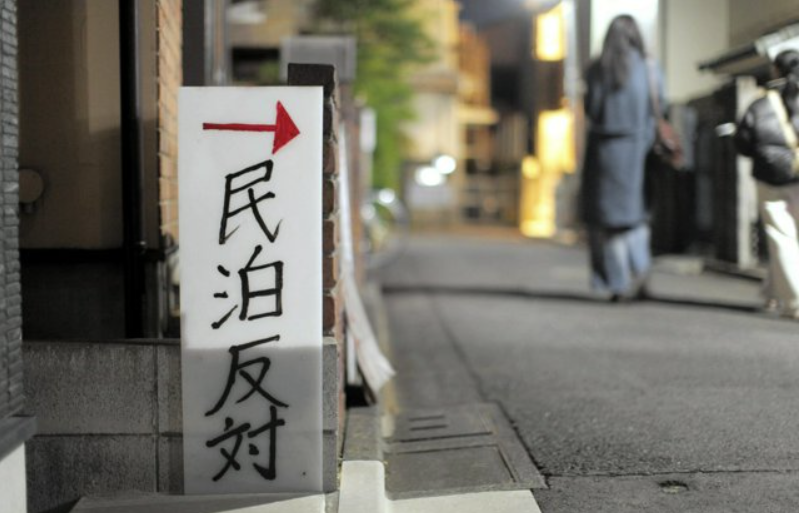
Conclusion: Strategies for Investors
For investors, Japan’s vacation-rental market is undergoing a structural shift. A few years ago, vacation rentals often meant immediate high returns. Today that model is being redefined at the regulatory level, and the window to capture outsized premiums from short-term rentals is narrowing rapidly.
Investment decision logic must adapt. First, site selection is no longer only about location and transport — ward-level ordinances must be a primary consideration. National law provides the framework, but the real ceiling is at the ward office. If a ward is politically susceptible to resident pressure, the probability of future restrictions is higher.
Second, investors should reassess the trade-off between vacation rentals and hotels. Vacation rentals have lower entry barriers but are highly policy-sensitive; hotel licensing has higher upfront costs but typically offers greater predictability and operational stability once obtained. For larger-capital investors, the latter may be the more prudent choice.
Investors should not be swayed by brokers’ or sellers’ assumed "vacation-rental revenue" figures. Regardless of operating model, real estate investment must remain grounded in fundamentals — long-term location value, demographic and industry structure, and historical leasing and sales data and trends. Only decisions based on comprehensive data and cool-headed analysis can uncover genuinely sustainable opportunities amid a shifting regulatory environment.
References and Links
Sumida Ward official document:
"Study on the Appropriate Regulation of Residential Lodging Businesses"
https://www.city.sumida.lg.jp/kenko_fukushi/eisei/juutaku_syukuhaku/kiseikentou.htmlToshima Ward official announcement:
"Reviewing Revisions to Ordinances Concerning the Residential Lodging Business Act"
https://www.city.toshima.lg.jp/214/kurashi/ese/kankyoese/minpaku/kaisei.htmlTV Asahi News:
"Rent 2.5x, Unregistered Vacation Rentals, Elevator Stopped — What Happened at an Apartment in Tokyo's Itabashi?"
https://news.tv-asahi.co.jp/news_society/articles/000431058.htmlShinjuku Ward ordinance:
"Ordinance on the Proper Operation of Residential Lodging Businesses in Shinjuku Ward"
https://www.city.shinjuku.lg.jp/content/000259057.pdfChuo Ward ordinance:
"Ordinance on the Proper Operation of Residential Lodging Businesses in Chuo Ward"
https://www.city.chuo.lg.jp/kusei/kohokotyo/press/puresure202106/20210604.files/20210604_07.pdfe-Gov legal database:
Hotel Business Act — Article 3, Paragraph 6 (provision on attaching conditions to permits)
https://elaws.e-gov.go.jp/document?lawid=323AC0000000138_20240621_507AC0000000073Ministry of Land, Infrastructure, Transport and Tourism / Japan Tourism Agency:
"Overview of the Residential Lodging Business Act (Minpaku Act)"
https://www.mlit.go.jp/kankocho/minpaku/overview.htmlOECD database:
Income Inequality (Gini coefficient)
https://data.oecd.org/inequality/income-inequality.htm
Copyright: This article is original content by the author. Please do not reproduce, copy, or quote without permission. For usage requests, please contact the author or this site.


